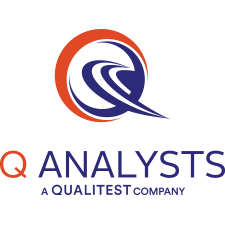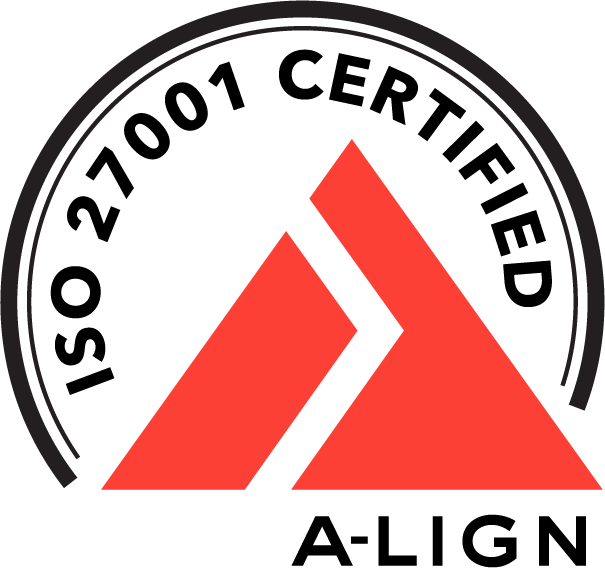BACKGROUND
Our client, a major U.S. telecom provider, was expanding beyond telephone, TV, and internet services to include Internet-based home security and automation services. This new product allows consumers to proactively monitor, protect, and manage their homes from their smartphones, tablets or PCs. Imagine raising or lowering the thermostat, watching live videos, or even locking your back door remotely. Simply put, customers would be able to secure and manage their homes virtually from anywhere.
THE CHALLENGE
The product includes a mix of sensors, controllers, and cameras in your home. The front end software runs on smartphones, tablets, laptops, and desktops. Furthermore, the back end software runs on web servers, application servers, databases, and billing systems. Therefore the product is complex with many potential points of failure.
For example, let’s consider what happens if a customer’s smoke detector activates or a window sensor detects a break. First, the system will need to take whatever action(s) the customer has programmed – blare a radio, sound an alarm, flash a strobe light, etc. In addition, the customer may program the 24-hour security monitoring team to receive a message to call pre-selected contacts to dispatch a team of firefighters or police.
Our client had subcontracted significant parts of the product development to outside firms. Therefore it was expected those firms would perform all of the necessary functional and integration testing’s. But this leaves the UAT to be handled by the client. When all the hardware and software components were integrated and testing started, serious problems were discovered.
Our Q TestLab has served as the central coordinator for the major testing activities related to the product. In addition to functional and integration testing of the various components and sub-systems, the product needed thorough end-to-end user acceptance testing (UAT) of the fully integrated system prior to product launch.

THE SOLUTION
Q Analysts was brought in to centralize the integration testing activities and provide the testing competency to the current issues. Next, we created a comprehensive test strategy, plan, and execution capabilities to drive the project to a successful release. As a result, we were an integral part of our client’s product testing strategy for 24 months.
The partnership is ongoing in functional and integration testing, as well as user acceptance testing. We are active across a full range of product hardware (sensors, controllers, cameras), front end software (the web, mobile web, and native applications), back end software (web portal and more), and user devices (smart phones, tablets, laptops, PCs).
Q Analysts team of test analysts have been responsible for a wide range of test activities. These include planning and executing test efforts, ensuring adherence to quality control practices, managing risks, dependencies and issues, and identifying and correcting testing. In addition, Q Analysts test team has helped create a low-maintenance, high-availability, custom automation framework as well as written thousands of test scripts.
In about 18 months, the major issues and bugs were resolved, testing productivity increased, and the entire product came together. This resulted in a successful product launch in 15 markets. By fall of that same year, the product had been expanded to 58 markets throughout the US. It has continued to receive positive reviews in both the technical and user communities.

